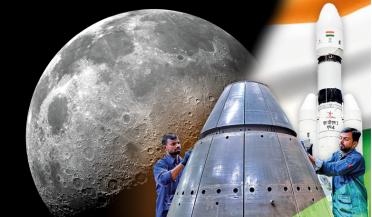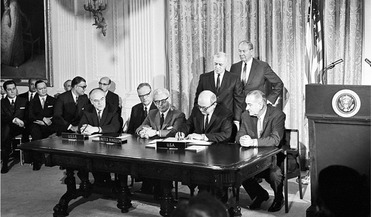 August 2018
Ever-changing views on space resource utilisation
August 2018
Ever-changing views on space resource utilisation
...and the sharing of benefits. In particular, the cornerstone of international space law, the Outer Space Treaty (OTS), includes a principle that prohibits the appropriation of outer space and celestial bodies by means of sovereignty, occupation or any...
 August 2021
Collision avoidance – time for agreement on space sustainability
August 2021
Collision avoidance – time for agreement on space sustainability
... and entered into force on 10 October 1967. Known colloquially as the Outer Space Treaty (OST), this and the subsequent treaty agreements created a foundation for a legal system in space that was broadly accepted at the time. Information about the...
 September 2023
A multifaceted approach to space sustainability
September 2023
A multifaceted approach to space sustainability
.... 1. Promote the universal adoption and implementation of existing space treaties and guidelines for space sustainability The Outer Space Treaty (OST) is the foundational treaty for outer space activities; it was adopted in 1967 and has provided...
 September 2023
India signs up to the Artemis Accords
September 2023
India signs up to the Artemis Accords
... when operating missions far from Earth. But why not simply sign up for the Outer Space Treaty and the Moon Treaty? While the Outer Space Treaty, established in 1967, has 113 signatories, only 18 parties have agreed to be bound by the Moon...
 May 2024
Could ICAO be a NewSpace regulator?
May 2024
Could ICAO be a NewSpace regulator?
... ICAO as the regulatory body for space is the lack of a legal distinction between air and space. The two main treaties governing aviation and space are the Chicago Convention of 1944 and the Outer Space Treaty of 1967. Surprisingly, although they are...
 March 2016
Future space is challenge for international law
March 2016
Future space is challenge for international law
.... In this context special attention should be given to the obligation of states under Article II of the Outer Space Treaty, namely: ‘Outer space, including the Moon and other celestial bodies, is not subject to national appropriation by claim...